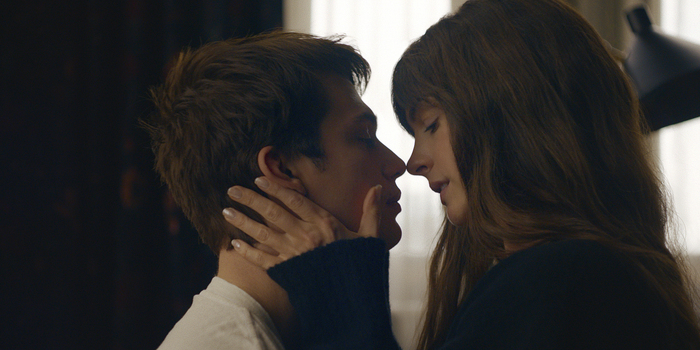Slogan buttons, bell-bottoms and the Beatles: the 1960s were a transitional era full of color and statements. These movies created their own statements and are some of the most unforgettable films of the 20th century.
“Breakfast at Tiffany’s” (1961)
Beautiful, peculiar socialite Holly Golightly (Audrey Hepburn) attracts the attention of her struggling writer neighbor, Paul Varjak (George Peppard). Though Golightly seems innocent, she has her secrets. The way she acts in social venues compared to when she is alone at home confuses but intrigues Varjak. “Breakfast at Tiffany’s” is a romantic comedy that has entertained viewers for years and is a ‘60s film that will always be remembered.
“To Kill a Mockingbird” (1962)
Harper Lee’s Pulitzer Prize-winning novel turned Oscar-winning film, “To Kill a Mockingbird,” shed light on the complications of racial prejudice in the 1930s South.
Six-year-old Scout Finch (Mary Badham) normally plays with her brother, Jem (Philip Alford), and her best friend, Dill (John Degna), and avoids from the legendary Boo Radley’s house. When her lawyer father, Atticus, played by Gregory Peck, takes a case to defend a black man accused of raping a young white woman, Scout begins to learn about the reality of segregation and prejudice.
“To Kill a Mockingbird” brought the ‘30s to the ‘60s and reminded viewers of the dangers of harsh bigotry.
“The Birds” (1963)
Director Alfred Hitchcock brought horror to the 1960s in his troubling black-and-white film, “The Birds.”
Socialite and jokester Melanie Daniels (Tippi Hedren) plans a trick on lawyer Mitch Brenner (Rod Taylor). She soon finds herself falling for Brenner and spends considerable time with him, his mother and his sister. Things take a turn for the worse, though, when all kinds of birds start viciously attacking and wounding people. There is still no explanation for the bizarre acts that occur in Bodega Bay.
“Mary Poppins” (1964)
The phrase “just a spoonful of sugar” and dancing penguins should probably make you think of the beloved film “Mary Poppins.” Based on the acclaimed book series by P.L. Travers, “Mary Poppins” tells the tale of two children and their magical nanny.
Julie Andrews and Dick Van Dyke starred in this Oscar-winning musical full of fun, color and catchy tunes. Disney transformed Travers’ books into a half-live action, half-cartoon creation that later became a Broadway play. It even went as far as creating a new word, Supercalifragilisticexpialidocious.
“Mary Poppins” provided a magical escape for children of the ‘60s.
“The Sound of Music” (1965)
“The Sound of Music” incorporated music, love and a look at the lives of a real Austrian family just before the outbreak of World War II.
Free-spirited nun Maria (Julie Andrews) is advised to work as a governess for a former naval officer’s seven children, who scare off every nanny that walks in the door. But with Maria’s optimistic personality, love for music and genuine heart, she convinces the von Trapp children and their father to love her as a governess, a friend and a mother. Presenting memorable songs like “Do-Re-Mi,” “So Long, Farewell” and “Sixteen Going on Seventeen,” among others, “The Sound of Music” tells the eventful story of the von Trapp family and their escape from Nazi soldiers.











